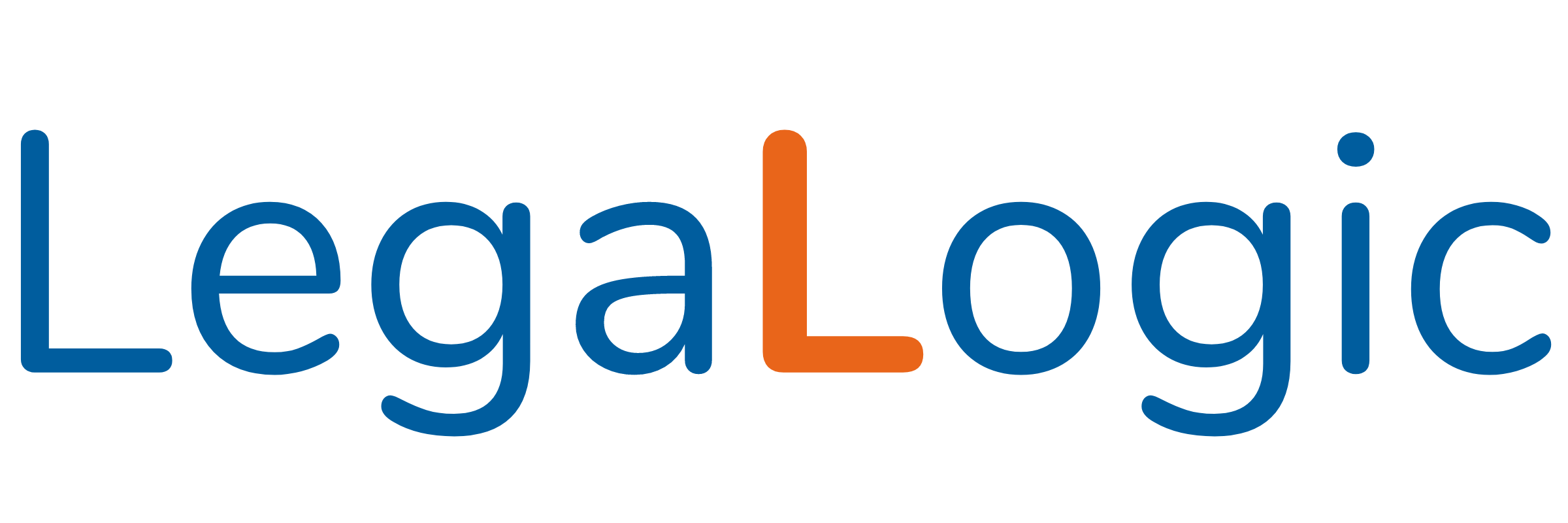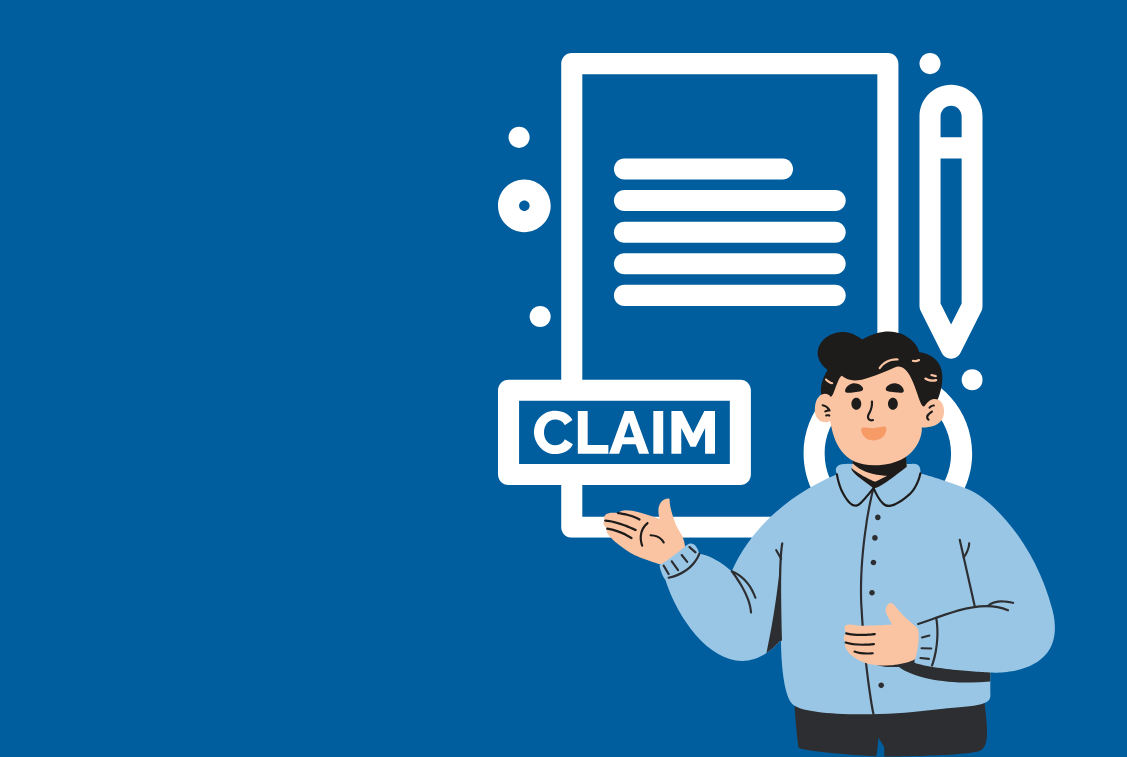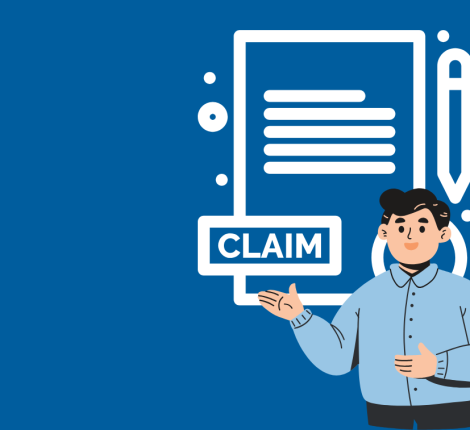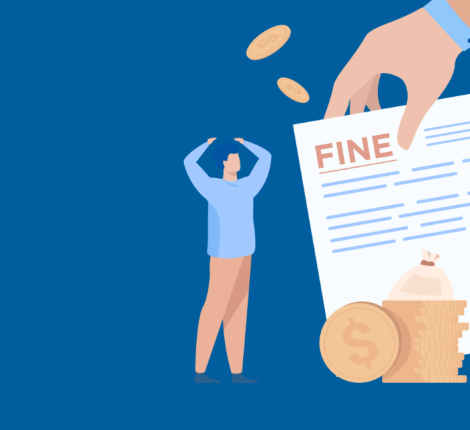Insurance Advisory Newsletter – Do’s and Don’ts of Liability Claims: July 2025
What’s inside?
- Understanding claims in liability insurance: Where claims could arise?
- Do’s and Don’ts in case of a claim.
When a Claim Hits Your Business: What You Need to Know
In today’s fast-moving business environment, legal and financial risks are never too far behind. From minor bodily injury claims incidents to complex cyber breaches, the nature of liability is growing more diverse and more disruptive.
A company’s initial response to an insurance claim can have a significant impact on the outcome. So, whether you work in manufacturing, technology, finance, or services, here’s what your leadership team should know and do when faced with a liability claim or claim like scenarios.
Understanding Liability: Where Can Claims Arise?
Liability in insurance refers to an individual or organization’s legal responsibility on account on any claim from third party for causing harm, like bodily injury, property damage, or financial loss. By covering legal expenses, settlements costs, or judgements resulting from such claims, insurance policy shields the policyholder.
Liability claims can arise from varied forms. The following are some of the most common categories that businesses should be aware of:
| POLICY TYPE | RISK SCENARIO | EXAMPLE |
| Commercial General Liability (CGL) | Third-Party Claims involving physical injury, property damage, or reputational harm due to daily business operations | A customer slips and falls on your premises. |
| Product Liability | Arises when a defective product causes harm or loss due to design flaws, production errors, or insufficient warnings, etc. | Electric appliance malfunctions and injures the user. |
| Professional Indemnity (E&O) | Coverage for professionals against service-related negligence or errors. | Professionals services are deficient and not up to the mark. |
| Directors & Officers (D&O) Liability | Personal liability of business leaders for decisions taken in their official roles. | Shareholders bring action against the board for breach of fiduciary duty. |
| Employer’s Liability | Covers employee injuries or illness arising out of workplace conditions. | An employee is injured on-site due to a machinery fault. |
| Cyber Liability | Data breach, ransomware, privacy violations. | Customer data leaked after a hacking attempt. |
Understanding where your exposures lie is the first step in being able to respond effectively.
What to do and what to avoid in a claim scenario.
The first few hours following a claim are critical; they impact your legal defence, insurance recovery, and public reputation. Mistakes can result in liability or loss of coverage, whereas careful action protects your position. Here are the key Do’s and Don’ts that each insured should follow.
| Do’s | Dont’s |
| Inform claim as soon as reasonably possible | Delaying Insurer Notification |
| Prior Consent of Insurer No admission, offer, promise or payment shall be made without insurer’s written consent. | Admitting Liability Even informal apologies may be construed as acceptance of fault. |
| Prior Consent in Defense Cost No Defense cost to be incurred without prior permission of Insurer. | Modifying Records Altering or deleting documentation post-incident may be viewed as obstruction. |
| Policy Form Matters Know if it’s a ‘Right to defend’ or ‘Duty to Defend’ structure. | Settling Without Approval Engaging in resolution without insurer or legal consent may void coverage. |
| Claims based on Discovery of Loss Liability polices trigger on discovery; not on past losses/litigation. | Retaliating Against Claimants Especially in employment matters, this can lead to additional legal consequences. |
| Control Group Clause Must be well-defined and disclosed to the insurer. | Overlooking Seemingly Minor Incidents Minor issues can escalate if left unaddressed. |
| Severability Clause Use as per policy wording. Essential for fraud-related D&O Claims. | Using Informal Internal Communication Internal communications may be discovered in litigation; maintain factual and professional tone. |
| Subrogation Waiver Include when contractually required, as it prevents from recovering claim amounts from third parties after settlement. | Engaging Opposing Counsel Directly All legal correspondence should be handled through the legal team. |
| Defense Cost in Fraud Claims Often Covered initially; insurer can recover if fraud is proven. | Continuing Risk-Prone Operations Suspend activities if a defect or systemic issue is identified. |
| Notification or Suit Liability polices trigger on discovery; not on past losses/litigation. | Assigning Blame Without Investigation Conduct a thorough internal review before drawing conclusions. |
Key Clauses to Reassess in Your Contracts and Policies:
When a liability claim arises, it’s essential to review:
- Communication: Prompt Notice, Document, and involve Stakeholders
- Territorial Scope: Verify geographic and jurisdictional policy
- Liability Caps: Check third-party contractual liability limits in the contract
- Exclusions: Identify and understand policy exclusions
- Sum insured limits: Verify the sum insured limits under the policy
About Us:
LegaLogic (www.legalogic.com) is a full-service law firm with more than 50 people team. Founded in 2013, LegaLogic has been advising across industry segments. It is a go-to firm for the Corporate Commercial Matters, M&A, Intellectual Property, Employment Law, Real Estate, Dispute Resolution, Litigation, Insurance Advisory, India Entry Strategy, and Private Client Practice. To know more about our Corporate Commercial and M&A Practice, please write to us at insurance@legalogic.com.
Disclaimer:
This newsletter is for informational purpose only and should not be treated as legal advice or opinion. No part of this newsletter should be considered an advertisement or solicitation of professional services of Lega Logic.





